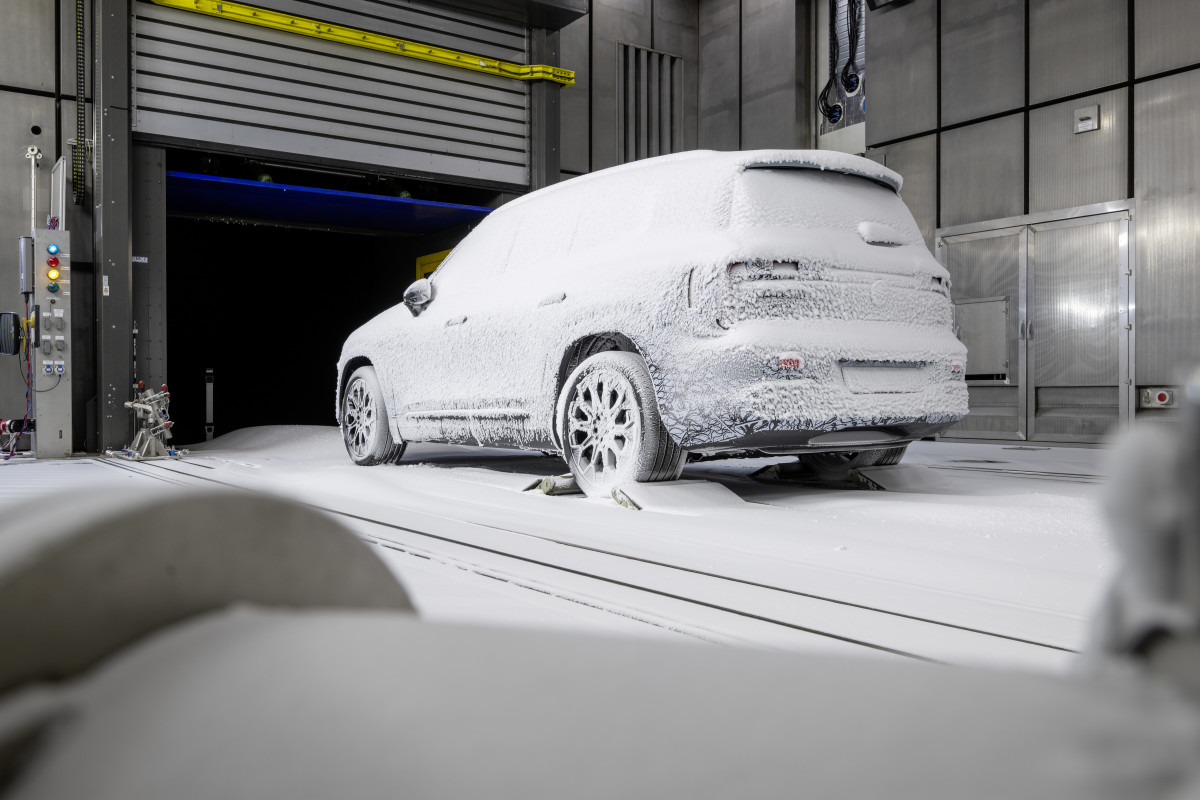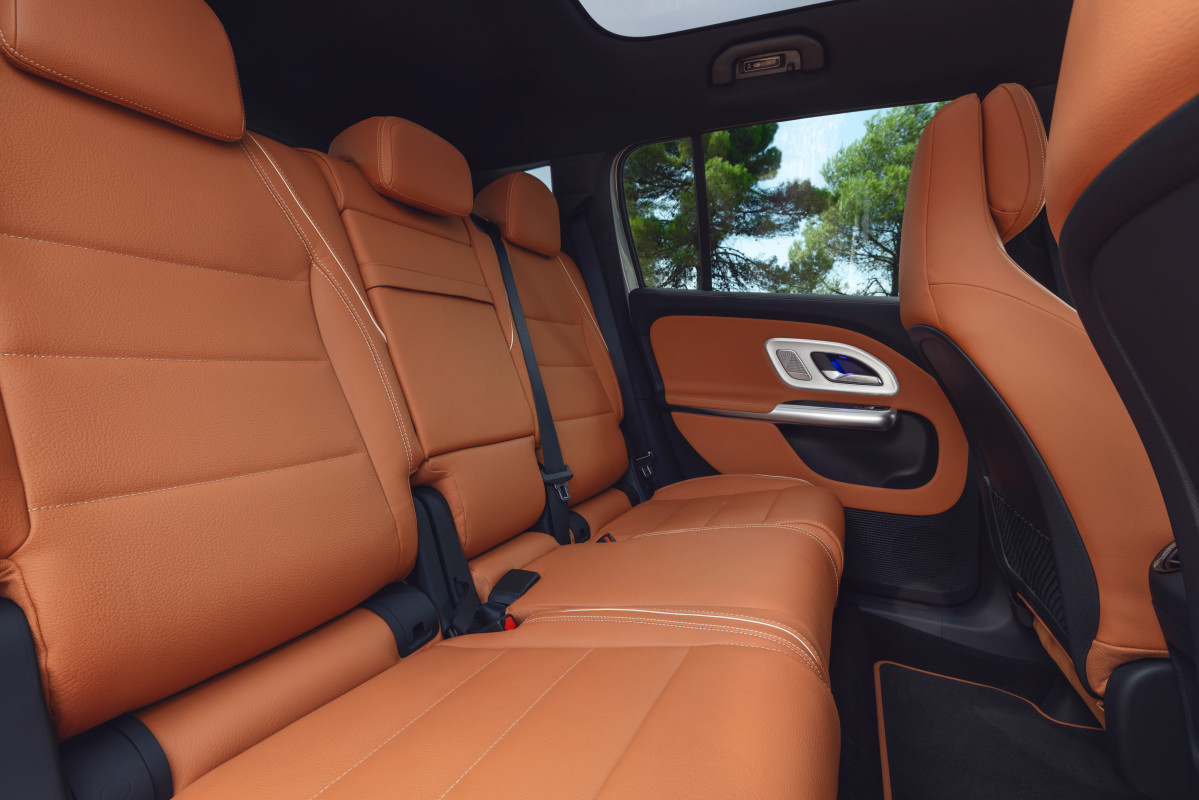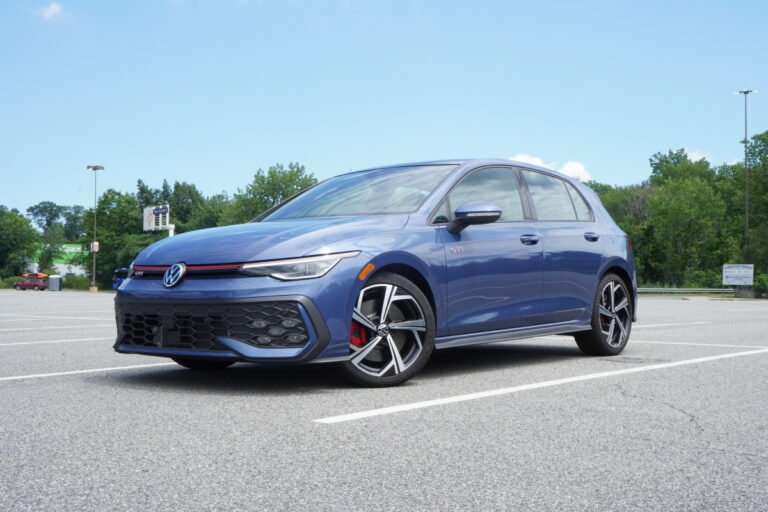Winter is coming, and so will these questions about EVs
As someone who lives in a four-season region of the United States, one of the most common questions I get about electric vehicles, especially from friends and family considering the switch, is how they handle winter. They play like a broken record on loop: “But what about the cold? Don’t the batteries just die?” For years, I’ve had to give them a somewhat disappointing answer. Yes, EV range drops a little bit, and yes, you’ll be sitting in a cold car longer than you’re used to while it warms up.
The polar vortex in Chicago during mid-January 2024 became a perfect example of everything that can go wrong in the eyes of the genuinely concerned. When temperatures dropped below zero around the week of January 15, Tesla owners found themselves stranded at public Supercharger stations for hours. Frozen batteries, Tesla refused to charge, Model 3s, Model Ys, Model Ss, and Model Xs sat dead in parking lots, while frustrated and freezing drivers took refuge in businesses and coffee shops waiting for their cars to thaw out. This widely publicized incident provided EV skeptics with ample ammunition to fire away in comment sections, from Facebook to 4chan, and validated every winter-related concern potential buyers had been expressing.
Mercedes-Benz
Winter performance has been the EV industry’s most persistent challenge, as cold temperatures can significantly reduce battery efficiency, cut advertised range by 30% or more, and force vehicles to consume precious energy to keep their drivers and passengers warm. It’s a reality that most new EV owners discover during their first winter, and cabin heating consistently falls short of what conventional vehicles can deliver.
However, Mercedes-Benz may have a better answer to that frequently asked question. The company’s upcoming all-new GLB doesn’t merely match gas-powered vehicles in cold-weather performance; according to their own extreme testing, it actually beats them.
The new GLB with EQ Technology does winter well, says Mercedes
According to a new statement released on November 11 by Mercedes-Benz, the automaker found during testing in 19-degree Fahrenheit conditions that its soon-to-be-revealed, new electric GLB was able to heat its interior twice as quickly as its predecessor and achieve faster cabin warming than comparable gas-powered internal combustion engine (ICE) vehicles.
Traditionally, gas-powered vehicles heat up using the excess heat produced when they are turned on. Hot engine coolant flows through a small radiator-like component called the heater core. A fan blows air across it, warming the air that is pushed into the cabin through the vents. In contrast, because a hot, gas-burning engine doesn’t power electric vehicles, they traditionally warm up the cabin in a similar fashion to a space heater, which uses power from their batteries and creates a range penalty in cold weather.
Mercedes-Benz
However, Mercedes has come up with a solution. According to the three-pointed star, it created an innovative multi-source heat pump adapted from its experimental VISION EQXX program. Rather than relying solely on traditional EV heating, this system simultaneously harvests thermal energy from three sources: waste heat from the electric drivetrain, excess warmth from the battery system, and ambient air. By leveraging these “free” heat sources, the system achieves the same heating output using just one-third the electricity, which directly translates to an extended winter range.
The climate control strategy also demonstrates thoughtful human-centered design. Rather than attempting to heat the entire cabin at once, the system prioritizes warming up occupants’ upper bodies and hands, the areas most critical for thermal comfort. This targeted approach helps drivers and passengers feel warm much faster while also optimizing energy consumption. According to Mercedes, the new GLB can heat the cabin with just half the energy of its predecessor. This means faster heating with improved range preservation; a combination that addresses two of the most persistent concerns about winter EV ownership.
Mercedes-Benz
Mercedes put its new tech through extreme tests
Mercedes tested this new system at their state-of-the-art climatic wind tunnels in Sindelfingen, Germany. These advanced testing facilities can simulate temperature extremes from -40°F to 140°F and are also equipped with advanced snow cannons and powerful fans capable of recreating blizzard conditions with snow and other precipitation blasting at cars at speeds up to 124 miles per hour.
Technicians monitor and control every variable, including temperature, humidity, and wind speed, from an adjacent control room through heavily insulated observation windows. Each tunnel features rolling road systems powered by electric motors that deliver up to 1,046 combined horsepower, enabling realistic all-wheel-drive testing at speeds of up to 165 mph.
In one of their toughest cold-weather tests, Mercedes completely froze the windshield, then measured the climate system’s defrosting capability. The GLB successfully cleared its windshield for safe visibility within 15 minutes at 5°F, using only the defrost setting and without using the windshield wipers—a feat of magic to anyone who has spent many winter mornings spraying countless cans of de-icer on their windshields to no avail.
Mercedes-Benz
Final thoughts
Mercedes is pitching this feature as providing a “Welcome Home” feeling, as it designed the new climate control system to activate automatically upon vehicle entry. There’s no need for remote pre-conditioning via a smartphone app or waiting while the vehicle warms up; the car is designed to heat up immediately and intelligently adjust based on conditions and occupant preferences.
The company is making a clear statement: winter EV ownership need not involve compromise or inconvenience. For drivers who experienced the difficulties of cold-weather electric vehicle operation—particularly those Chicago Tesla owners who endured the 2024 freeze—Mercedes is presenting a compelling alternative. According to Mercedes, the all-new GLB will be revealed at its world premiere on December 8, 2025.


